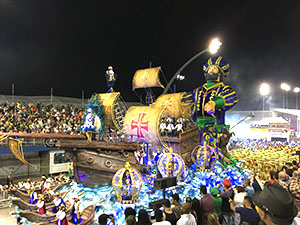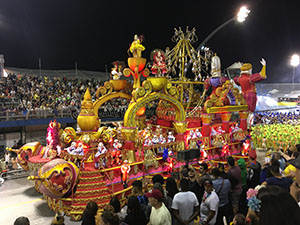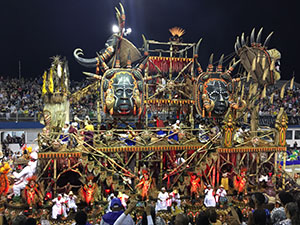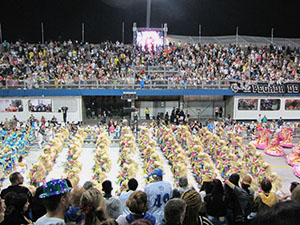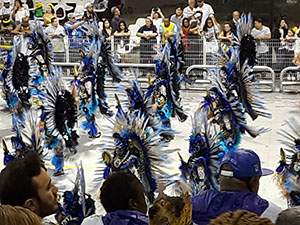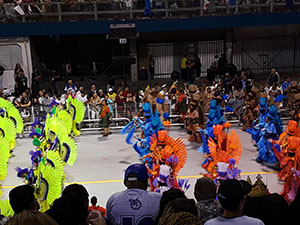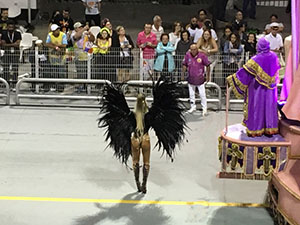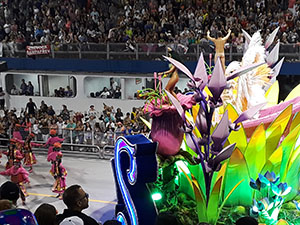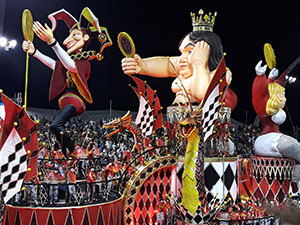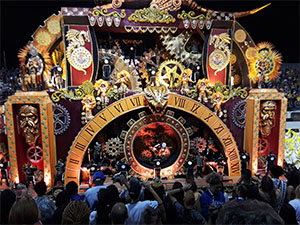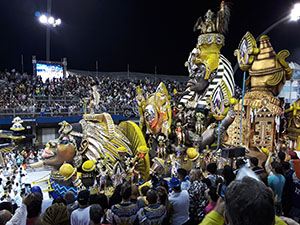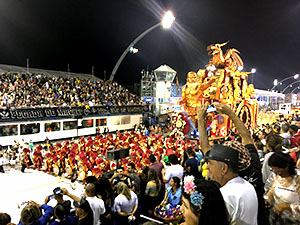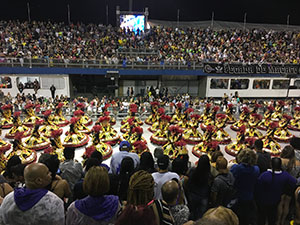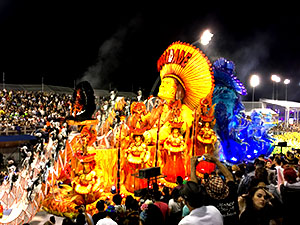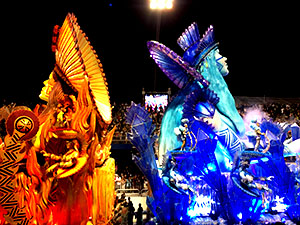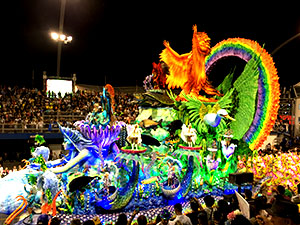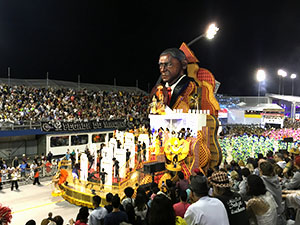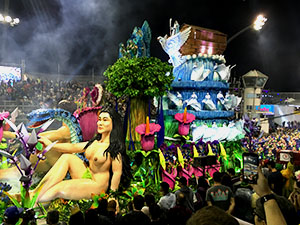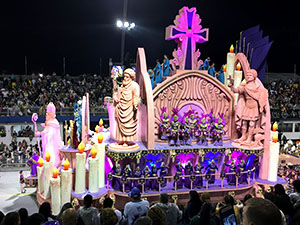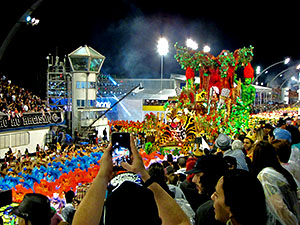

Our memories from Brazil: Samba Schools Carnival
The Carnival of Brazil is an annual Brazilian festival held between the Friday afternoon before Ash Wednesday and Ash Wednesday at noon, which marks the beginning of Lent, the forty-day period before Easter.
The Carnival History of Brazil is quite intriguing and informative. The first pre Lent carnivals happened in Italy. Carnival came from the word Carne Vale which translates to “Goodbye to Meat”. Since then the term carnival was used to signal the start of a 40 day abstinence period known as Lent.
The practice of the carnivals first spread to Spain, France, and other European countries and then it reached the Americas and spread into Portugal and Brazil.
Although similar to Europeans, the carnivals in South America have two major differences: wild parting and Samba music.
Although the practice of carnivals originated from Europe, African influence is evident in the Brazil carnivals that we see today.
Carnival history dictates that this began when Brazil became a colony of Portugal. Due to the African slave trade, the carnivals adapted the tribal practices which included parading around the village which was actually done to ward off all the bad spirits in the area.
People began to use costumes and tribal masks during the celebrations. Feathers were also used in many of the African costumes and this symbolized rebirth and the rise of the spirits which are also important components of the modern day Brazilian carnival.
In Brazil, places like Praca Onze and Cidade Nova are considered as the heart of Samba dance and music.
According to Carnival history, back in the 1600s slave trading was practiced in South America. The slaves that came to Brazil brought with them their culture and love for music. As time went by, slaves who originated from Angola and West Africa started to mingle with the locals of Brazil and shared with them their love for Samba. Since then Samba has become an integral part of the Brazilian Carnival.
One of the most important moments in carnival history happened in the early 1920s when Samba started to become popular among the locals of Brazil.
People who had a passion for samba, whether it be dance or the music itself, started to meet up with each other and started forming clubs and groups to share and enhance their love for Samba.
These small gathering then evolved into associations that are today known as Samba schools.
The leaders of those schools decided to hold a competition between each Samba school and per the carnival history, it was in 1932 when the first Samba School Parade happened.
Then these associations created Samba schools on the level of cities; that is how the Rio Carnival started along with São Paolo and others.
The Sambodromo is the heart of Carnivals. It is where all top Samba Schools will perform and show the audience which Samba School is the best.
Before Sambodromos were built, all parades were held in the streets and a Sambodromo was first used in the 1984 Brazil Carnival.
The Samba carnival is still continuously improving from year to year, but it’s definitely one of the most popular Carnivals to attend and is also known for impeccable performances, groovy samba music, and colorful costumes.
That’s all from Sambodrome, but the next one is even better: Rio de Janeiro
